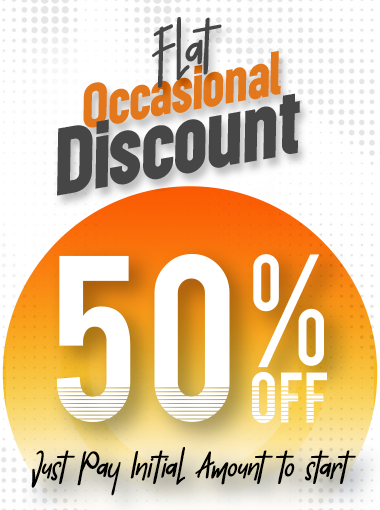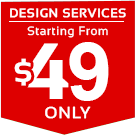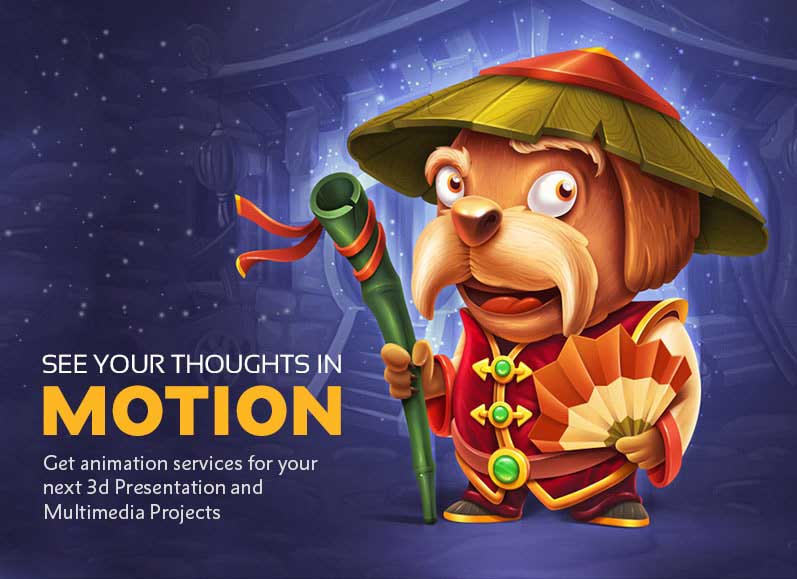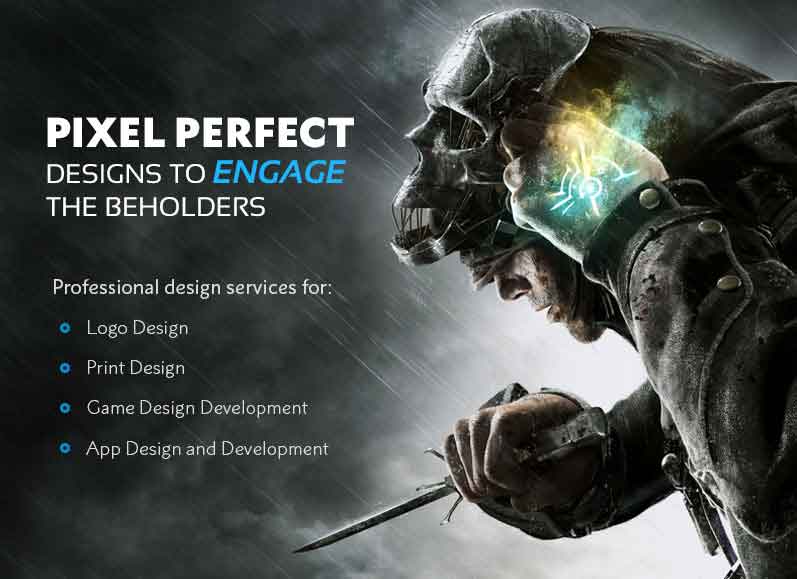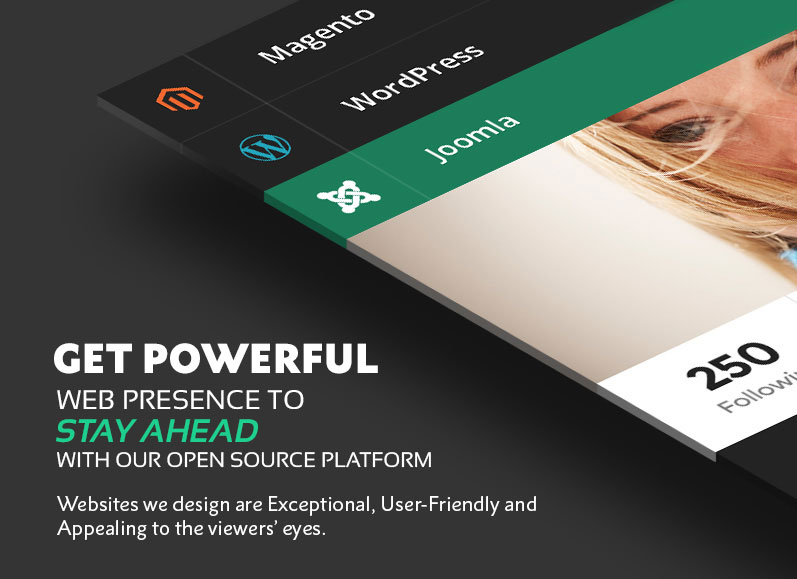Balancing Iconography and Verbiage in Brand Logo Design
Creating a brand logo involves a delicate dance between visual elements and textual representation, with iconography and verbiage serving as the two main components in your custom logo design. Achieving a harmonious balance between these elements is crucial for crafting a logo that is not only visually appealing but also effectively communicates the essence of the brand.
1. Clarity of Communication
Iconographic Representation: The icon or symbol in a logo is a visual shorthand for the brand identity design. It should encapsulate the core values, identity, or products/services associated with the affordable logo design service help brand. The icon's design should be clear and easily recognizable, even when scaled down.
Verbiage Integration: Incorporating text, such as the brand name or a tagline, adds a layer of clarity in a unique logo design. It helps convey specific information and ensures that viewers quickly understand the brand's identity. Choose a legible font and consider the size and placement of the text for optimal visibility.
2. Synergy in Design
Icon and Text Relationship: The icon and verbiage should work together effortlessly. Consider how the shapes, lines, or negative space in the icon complement or integrate with the font and layout of the text via cheap logo design deal. A cohesive design creates a unified visual identity that enhances brand recognition.
Consistency in Style: Maintain a consistent design style for both the iconography and verbiage in a best logo design help. Whether the design leans towards minimalism, sophistication, or playfulness, the chosen style should be uniform across all elements for a cohesive and professional appearance.
3. Scalability and Adaptability
Iconic Simplicity: Buy logo design service to keep the icon simple and scalable. A minimalist icon translates well across various sizes and platforms, ensuring that it remains recognizable on business cards, websites, billboards, and social media.
Legible Text: The verbiage should remain legible at different sizes. Avoid overly intricate fonts that may become indistinct when scaled down. Test the logo's readability across various applications to guarantee consistent visibility.
4. Color Harmony
Colour Palette Integration: Ensure that the colour palette used for both the icon and verbiage aligns with the overall brand colour scheme. Consult experts at logo design service online Fo a cohesive colour palette contributes to brand consistency and recognition. Consider variations, such as a monochromatic version for certain applications.
Contrast for Visibility: Use colour contrast strategically to make both the icon and text stand out. This ensures that the logo remains visually striking and maintains its impact in different contexts and backgrounds.
5. Flexibility and Adaptation
Responsive Design: Design the logo with adaptability in mind. A responsive logo
adjusts well to different orientations, ensuring a consistent and aesthetically
pleasing appearance whether displayed horizontally, vertically, or as a square.
Version Variations: Develop alternative versions of the logo for specific use cases.
For instance, a simplified version may be suitable for smaller applications, while a
more detailed version can be used in larger formats.
6. Memorability and Timelessness
Iconic Memorability: Strive for an icon that is memorable and stands the test of
time. Icons that are too trendy may risk becoming outdated quickly. Aim for a
timeless quality that transcends current design fads.
Timeless Typography: Choose a font for the verbiage that is both contemporary and
timeless. Avoid fonts that are overly trendy or unconventional unless they align
with the brand's identity and target audience.
7. Brand Storytelling
Symbolic Narrative: Consider embedding subtle elements in the iconography that tell
a story about the brand. Symbolic representations can evoke emotions and create a
deeper connection with the audience. Align the verbiage to complement this
narrative.
Strategic Taglines: If incorporating a tagline, ensure it complements the brand
story and adds value. The tagline should be concise, impactful, and aligned with the
overall messaging.
Hence, a successful logo not only visually represents the brand but also
communicates its essence effectively. Through a harmonious fusion of symbolism and
text, brands can create a logo that becomes a powerful symbol of their identity,
leaving a lasting impression on their audience.
Related Blogs
- Website Development Trends to Watch in 2023
- How to Design an E-Commerce Website for Online Business?
- The Power of Augmented Reality Logo Testing
- Insights into Some Popular Automation Tools for Digital Marketing
- Create Your Geometric Logo Design Yourself
- Steps to Integrate Logo Design with Generative AI
- Balancing Iconography and Verbiage in Brand Logo Design
- Law of Figure-Ground on Custom Website Design
- Become an Expert in Backend Tasks in Modern Website Designs
- Tips for Incorporating Voice Marketing in Digital Marketing Campaigns?
- How to Use Built in Tools in Software for Website Development Effectively
- Tips for Search Engine Listing Fix

